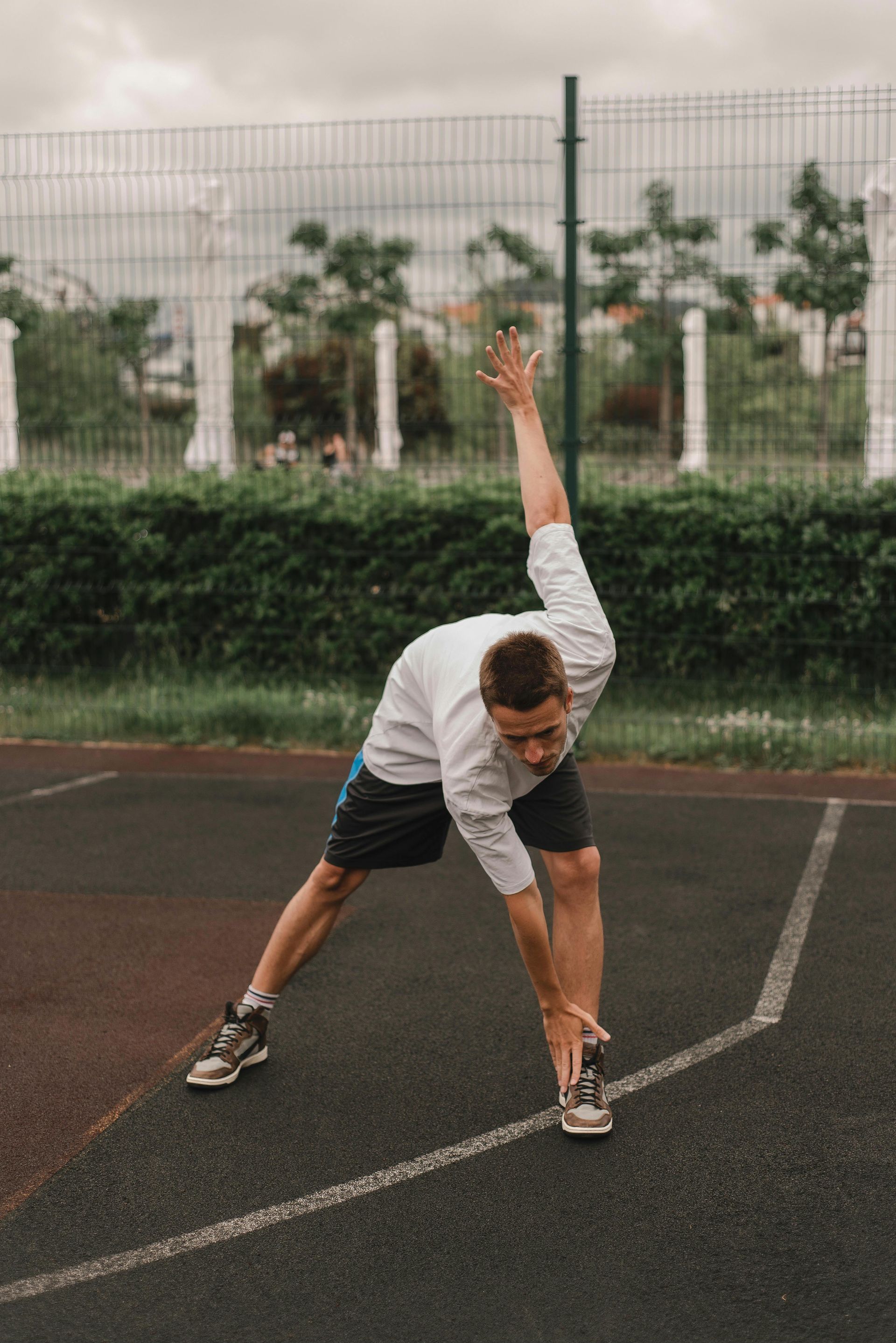Barbell Curls
Barbell curls are a classic and effective exercise for targeting the biceps. Here's a step-by-step guide on how to perform barbell curls:
Muscles Targeted:
- Primary: Biceps
- Secondary: Forearms
Equipment Needed:
- Barbell
- Weight plates
Steps:
- Set Up:
- Stand with your feet shoulder-width apart, keeping your back straight and chest up.
- Hold a barbell with an underhand (supinated) grip, palms facing forward. Your grip should be slightly wider than shoulder-width apart.
- Starting Position:
- Allow the barbell to hang at arm's length in front of your thighs. Your arms should be fully extended, and your elbows should be close to your torso.
- Grip:
- Grip the barbell firmly with your palms facing up. Your wrists should be in a neutral position.
- Curling Movement:
- Inhale and brace your core.
- Exhale as you curl the barbell upward by bending your elbows. Keep your upper arms stationary; only your forearms should move.
- Focus on contracting your biceps at the top of the movement.
- Top Position:
- At the top of the movement, your forearms should be perpendicular to the floor, and the barbell should be close to your chest.
- Lowering Phase:
- Inhale and slowly lower the barbell back to the starting position in a controlled manner. Resist the temptation to let the weight drop; maintain tension on the muscles throughout.
- Repetition:
- Perform the desired number of repetitions. Aim for a full range of motion, ensuring your arms are fully extended at the bottom and fully contracted at the top.
- Rhythm:
- Keep a smooth and controlled rhythm throughout the exercise. Avoid using momentum or swinging to lift the barbell.
- Finishing:
- Once you've completed the set, carefully lower the barbell to the ground.
Tips:
- Choose an appropriate weight that allows you to perform the exercise with proper form.
- Avoid using your back or shoulders to lift the weight; the movement should come from your biceps.
- Keep your elbows close to your body throughout the movement.
- If you experience discomfort or pain, reassess your form and consider using a lighter weight.
As with any exercise, if you have any pre-existing conditions or concerns, it's advisable to consult with a fitness professional or healthcare provider before incorporating new movements into your workout routine.




